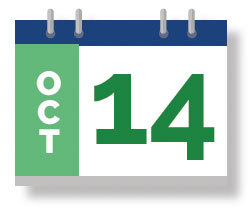
Medical Loss Ratio (MLR) rebates
The ACA requires health insurance issuers to spend at least 80% to 85% of their premiums on health care claims and health care quality improvement activities. Issuers that do not meet the applicable MLR percentage must pay rebates to consumers by Sept. 30.
If the rebate is a “plan asset” under ERISA, the rebate should, as a general rule, be used within three months of when it is received by the plan sponsor. Employers who decide to distribute the rebate to participants should make the distributions within this threemonth time limit to avoid ERISA’s trust requirements. Plan sponsors that receive a rebate prior to Sept. 30 may need to adjust their deadline to use the rebate.

Summary Annual Report (SAR)
Employers that are required to file a Form 5500 must provide participants with a summary of the financial information in the Form 5500, called a SAR. Plans that are exempt from the annual 5500 filing requirement are not required to provide a SAR. Large, completely unfunded health plans are also generally exempt from the SAR requirement.
If an extension of time to file the Form 5500 is obtained, the plan administrator must furnish the SAR within two months after the close of the extension period.
A sample SAR for welfare plans is available from the DOL.
*This deadline is for calendar-year health plans.

Medicare Part D creditable coverage notice
Group health plan sponsors that provide prescription drug coverage to Medicare Part D-eligible individuals must disclose whether the prescription drug is at least as good as Medicare Part D coverage (in other words, whether their prescription drug coverage is “creditable” or “non-creditable”).
If a health plan’s Open Enrollment period begins on or before Oct. 14, the Medicare Part D notice may be included in the plan’s open enrollment materials.
Model disclosure notices are available on the CMS website.
